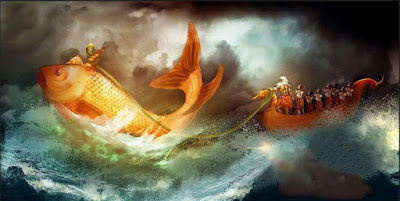Some devotees think, that because they are devotees, they must preach instantly to whomever they meet. Perhaps if we had the required force of purity, we could effect changes in people’s hearts on first contact. The reality is however, that not everyone has the required sukrti to appreciate our words; we have to create it for them.
By Kesava Krsna Dasa
Being in the workplace alongside the same faces, day in, and day out, can present challenges for a devotee keen on preaching. Simply letting everyone there know one is a devotee, who always has a superior say on any issue, will more likely cause others to think we are highly opinionated, and indifferent, who have lost the ability to socialise properly. This will lessen, or even destroy any chance of developing the required sukrti for them, to hear Lord Chaitanya’s messages.
Due to numerous reasons, most devotees and congregation members have to adapt to life at the workplace, which is like a second home away from home. While at work, devotees may bemoan their fate for being unable to preach unrestrictedly, and may also think their situation a big step down, or a demotion in life. The challenge of mixing with non-devotees, and earning a living from ‘mundane’ work, really is a blessing to help keep us Krishna conscious.
Distributing books on the street, or door to door, are more or less forthright preaching activities, which work on a ‘take it or leave it’ basis. People understand our motives and their choice to accept or reject, lasts as long as the encounter. In the workplace, or similar setting, this is not always possible. Other forms of preaching are required, which may not produce immediate results, but will pay handsome spiritual dividends later on. Patience is required for this.
Non-verbal preaching.
We need to understand that mostly, when people talk about things other than religion or politics





























